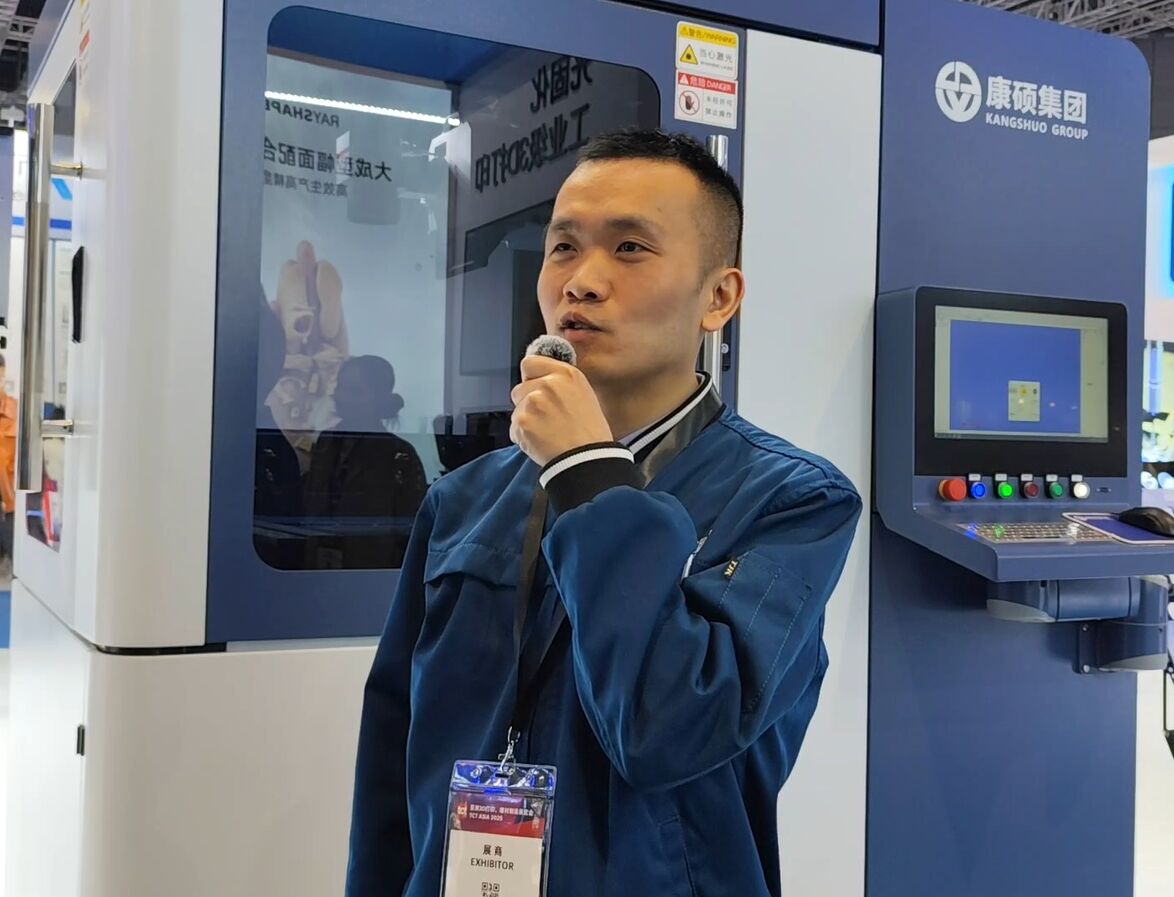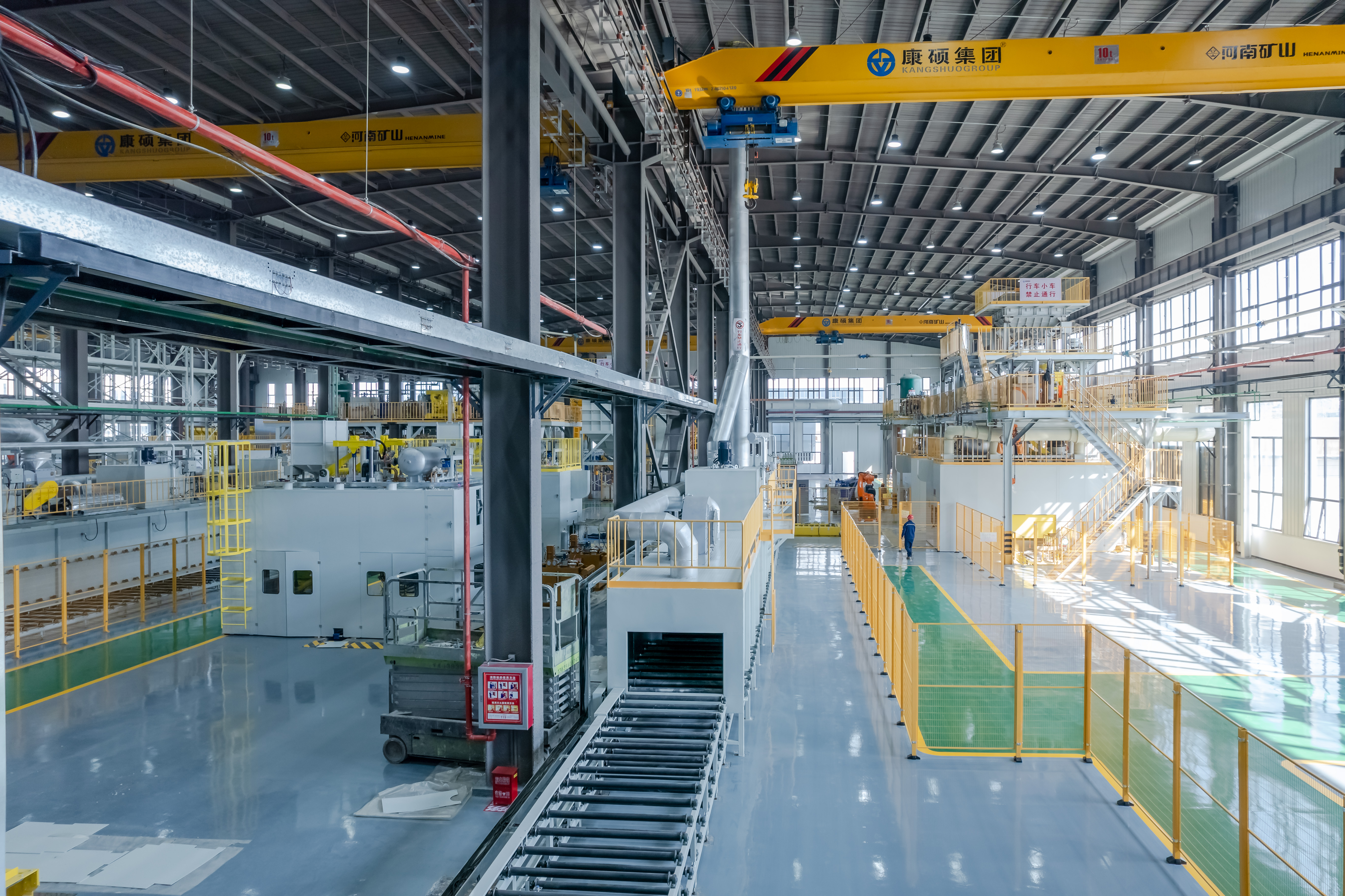3d printing machine for metal
3D printing machines for metal represent a revolutionary advancement in manufacturing technology, offering unprecedented capabilities in producing complex metal components. These sophisticated systems utilize various technologies such as Direct Metal Laser Sintering (DMLS), Selective Laser Melting (SLM), and Electron Beam Melting (EBM) to create precise metal parts layer by layer. The machine operates by spreading a thin layer of metal powder across a build platform, which is then selectively melted using high-powered lasers or electron beams according to the digital design specifications. This process repeats hundreds or thousands of times, gradually building up the desired component. Modern metal 3D printers feature advanced thermal management systems, controlled atmosphere chambers to prevent oxidation, and high-precision optical systems for accurate laser positioning. They can work with a wide range of metals including stainless steel, titanium, aluminum alloys, and precious metals. These machines find applications across numerous industries, from aerospace and automotive to medical device manufacturing and jewelry making. The technology enables the production of components with complex internal geometries, integrated cooling channels, and optimized topologies that would be impossible to achieve through traditional manufacturing methods.


